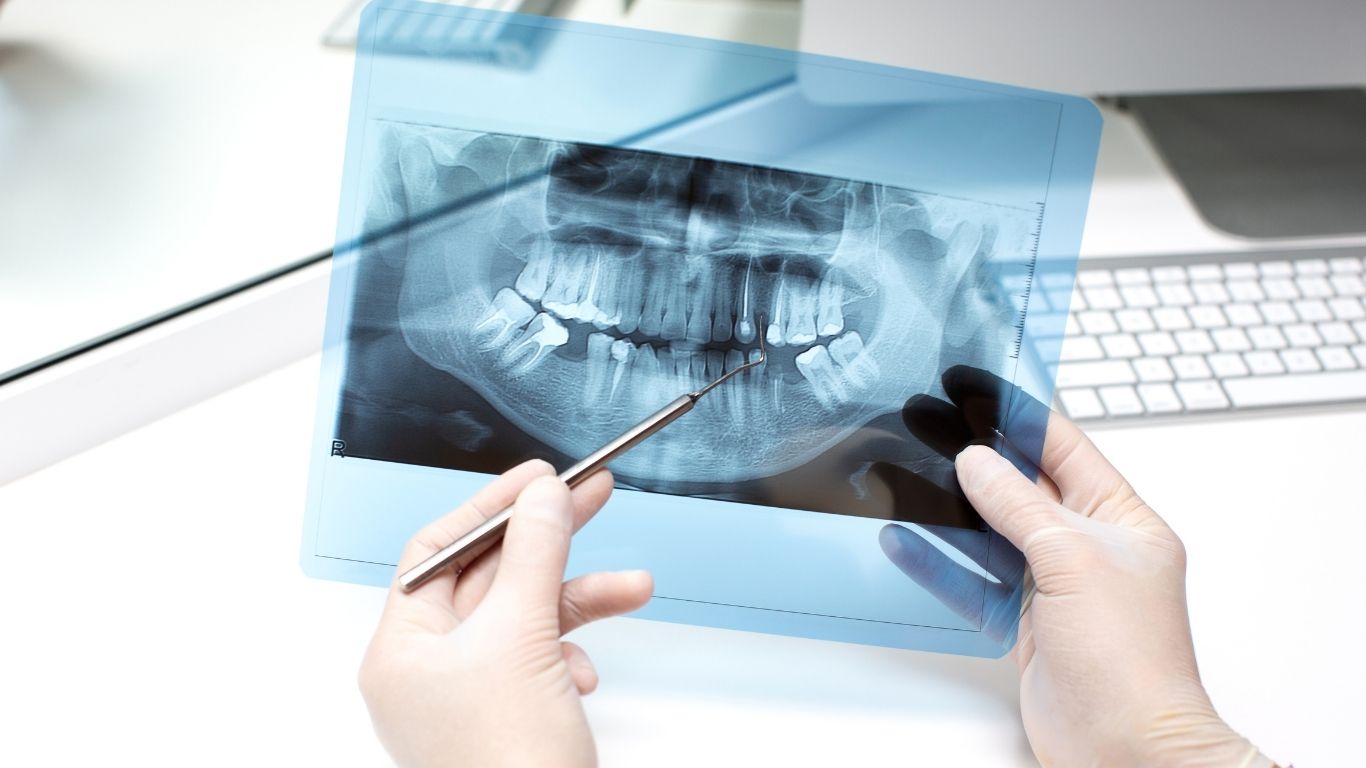Dental codes are an essential part of dental practice, helping to standardize procedures and treatments while ensuring that both patients and professionals understand what is being done and billed. One such code that often comes up in discussions about dental procedures is the D6010 dental code. If you’re a dentist, dental office staff member, or simply a patient looking to understand more about this code, this guide will provide you with all the relevant details.
What is the D6010 Dental Code?
The D6010 dental code refers to the procedure for “surgical access of an implant body” in dental practices. In simple terms, it covers a specific step in the dental implant process where the dental surgeon or specialist uncovers the implant by performing a minor surgical procedure. This is often done when the implant is ready for the abutment, which is a connector that will hold the crown or other restoration in place.
Understanding this code is crucial because it plays a role in how your insurance company processes claims related to dental implants. It helps in detailing the exact procedures that were performed and ensures that both the patient and the dentist are on the same page about the treatment.
Why is the D6010 Code Important for Dental Practices?
Dental billing is a critical part of running any dental practice. Without accurate coding, insurance claims may be delayed or even denied. The D6010 dental code is necessary for proper billing and ensuring that the patient gets reimbursed for the correct procedure. By using this code, the dentist or dental office can precisely describe the steps in the implant procedure, making it easier for the insurance company to approve the claim.
Additionally, patients can rest assured that their dental implant process is being handled with professionalism and that the procedures are properly documented, which is vital for future treatments and any potential follow-up care.
How Does the D6010 Code Affect Insurance Coverage?
When dealing with dental insurance, clarity and accuracy in coding are essential. The D6010 dental code ensures that your insurance claim is processed efficiently. Without this specific code, insurance companies may struggle to understand the nature of the work performed, leading to delays or disputes over payments. It’s important to note that not all dental insurance policies cover every type of implant procedure, and the D6010 dental code can help determine the scope of your coverage.
For patients, understanding this code can help when speaking with your insurance provider. If you’re planning to undergo a dental implant procedure, knowing about the D6010 dental code allows you to ask informed questions about what your insurance will and won’t cover.
When is the D6010 Dental Code Used?
Typically, the D6010 dental code is used during the second stage of dental implant surgery. After the implant post has been inserted into the jawbone and has had time to fuse with the bone (a process known as osseointegration), the implant needs to be uncovered. This is done through a minor surgical procedure where the gum is carefully repositioned to expose the top of the implant.
The D6010 code ensures that the process is accurately described and billed, facilitating proper reimbursement. It is also used when a dentist prepares the implant for the placement of an abutment or other restoration.
How Does the D6010 Code Benefit Patients?
For patients, the D6010 dental code means transparency and consistency in the dental implant process. When your dentist uses this code, they are providing a detailed record of the procedures, which can help with future treatments. Having a clear and accurate billing record also ensures that patients aren’t billed for unnecessary or unrelated procedures.
Furthermore, understanding the D6010 dental code gives patients the knowledge they need to advocate for themselves with their insurance provider. If there’s any confusion regarding what is or isn’t covered, this code can be referenced to clarify the treatment process.
What Are the Common Questions About the D6010 Dental Code?
Here are some of the most frequently asked questions about the D6010 dental code:
1. What does the D6010 dental code cover?
The D6010 dental code specifically refers to the uncovering of the dental implant post, which is a critical step before attaching the abutment and crown. It is part of the broader dental implant procedure and ensures that the implant is ready for the next stage of treatment.
2. How does the D6010 dental code impact dental insurance?
Using the D6010 dental code ensures that the insurance claim reflects the correct procedure. Insurance companies can quickly assess the claim, improving the chances of reimbursement. If your insurance covers dental implants, the D6010 code will help ensure that the surgical access is included in the coverage.
3. When is the D6010 dental code applied in the implant process?
The D6010 dental code is used when the dental implant has fused to the jawbone and the next step is to uncover the implant to allow for further restoration work, such as placing an abutment or crown.
4. Can patients use the D6010 dental code to check insurance coverage?
Yes, the D6010 dental code is helpful for patients who want to verify whether a certain dental procedure is covered by their insurance plan. By asking your provider about this code, you can determine if your plan includes coverage for the necessary stages of dental implant work.
Conclusion
In summary, the D6010 dental code is an integral part of the dental implant process. It ensures accurate billing, facilitates smooth insurance claims, and provides clarity about the surgical steps involved in implant procedures. By understanding this code, both dental professionals and patients can better navigate the complex world of dental implants.
For dental practices, using the correct codes is vital to ensure that patients receive the correct reimbursement and that the office runs smoothly. For patients, knowing about the D6010 dental code empowers you to ask the right questions, ensuring that your treatment and insurance coverage align with your needs.
